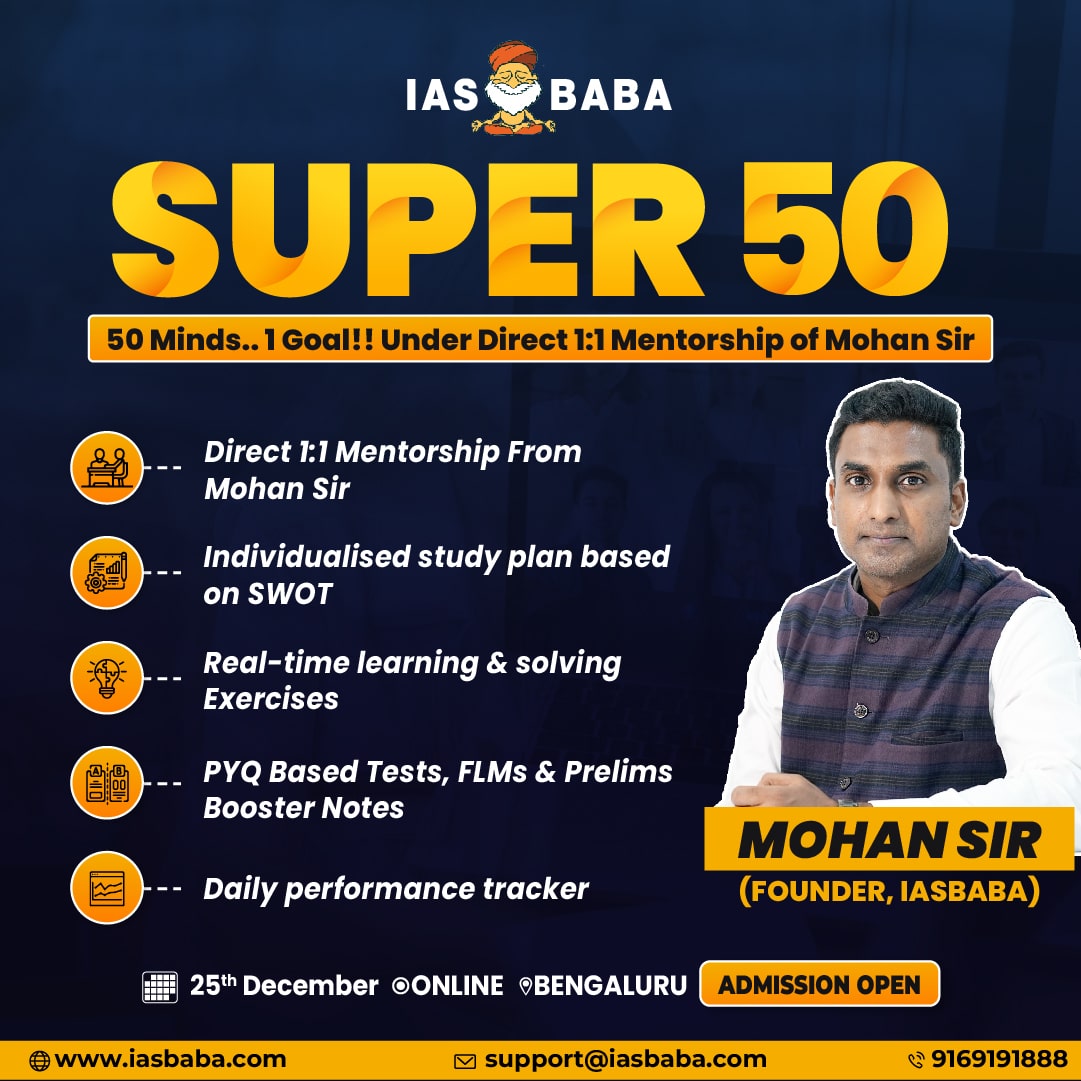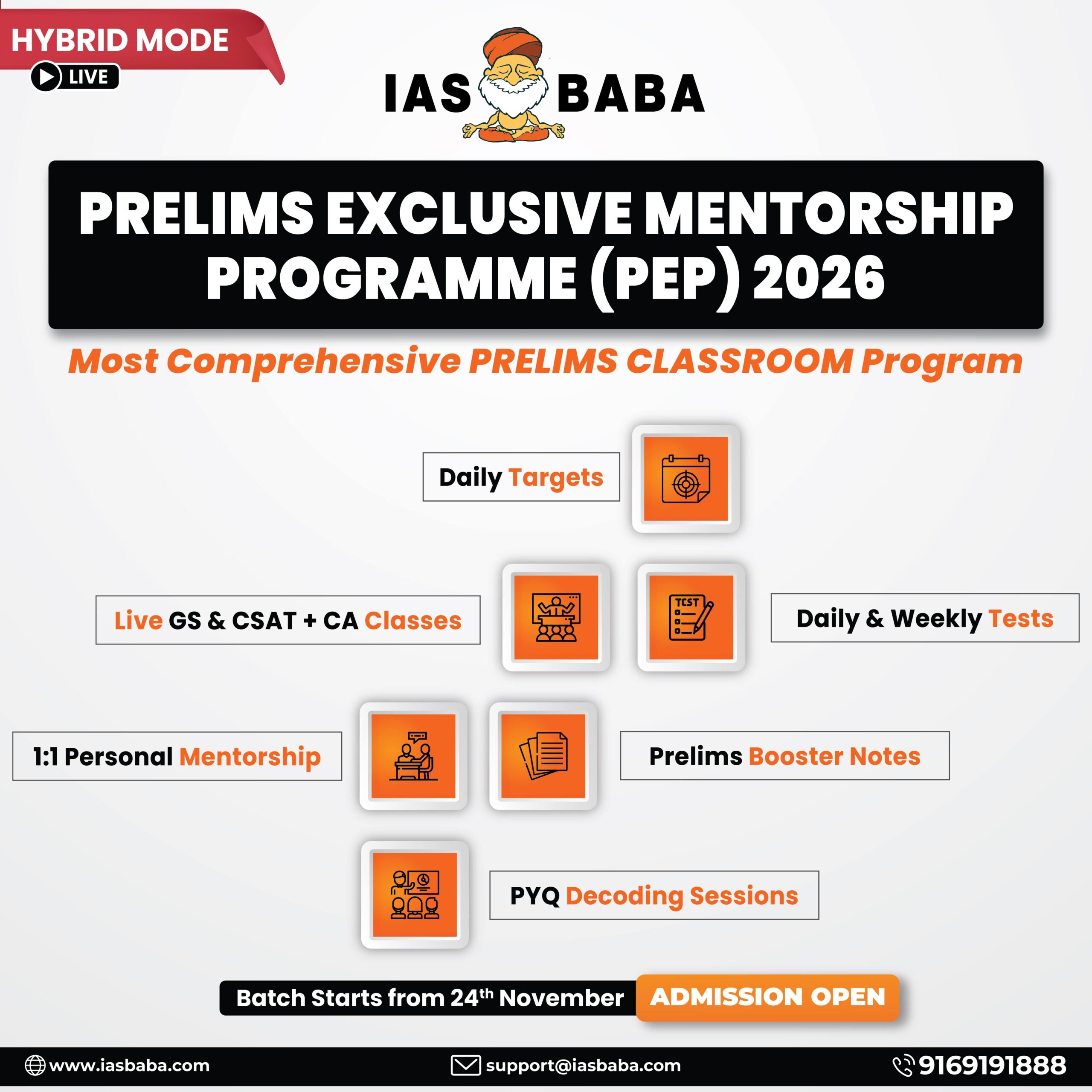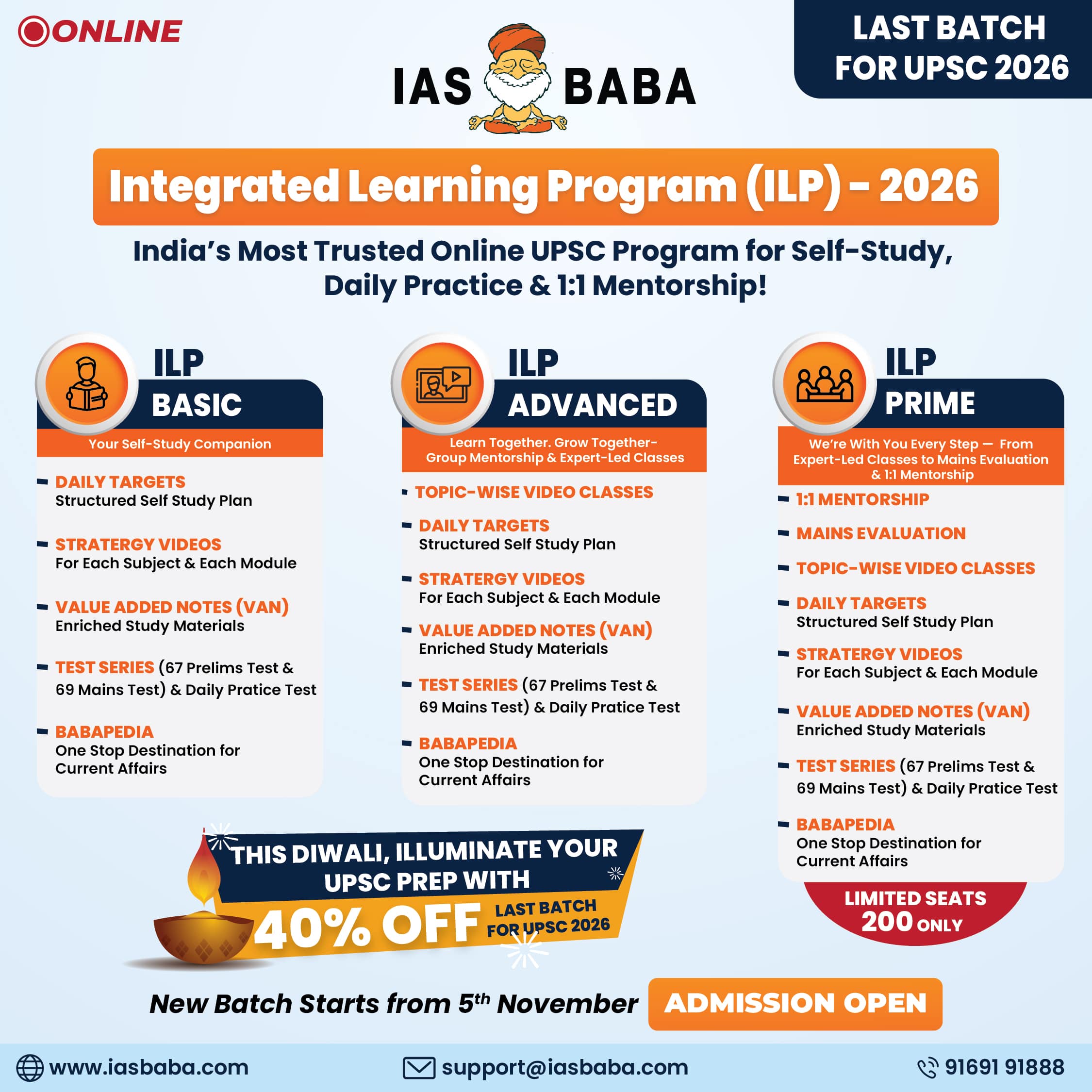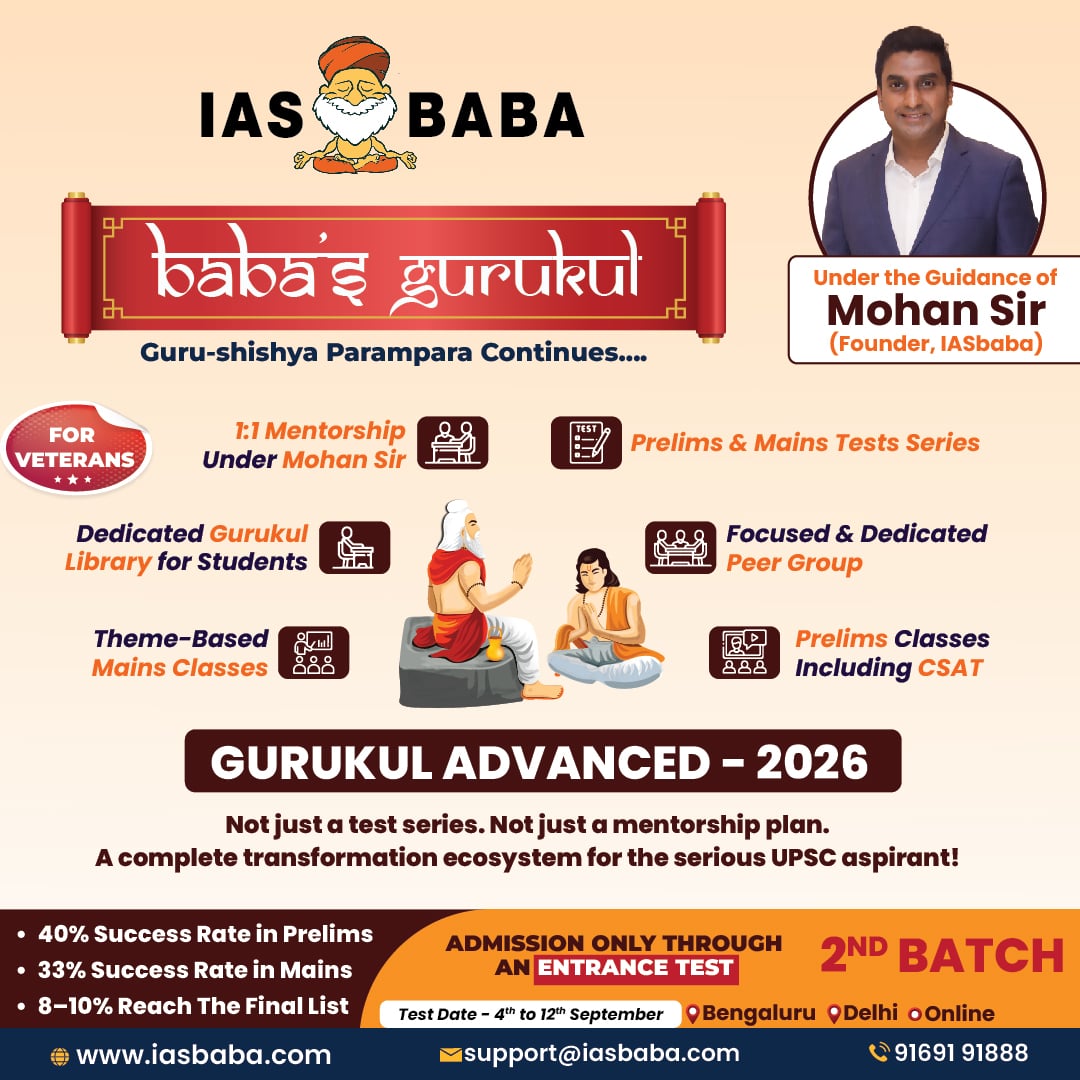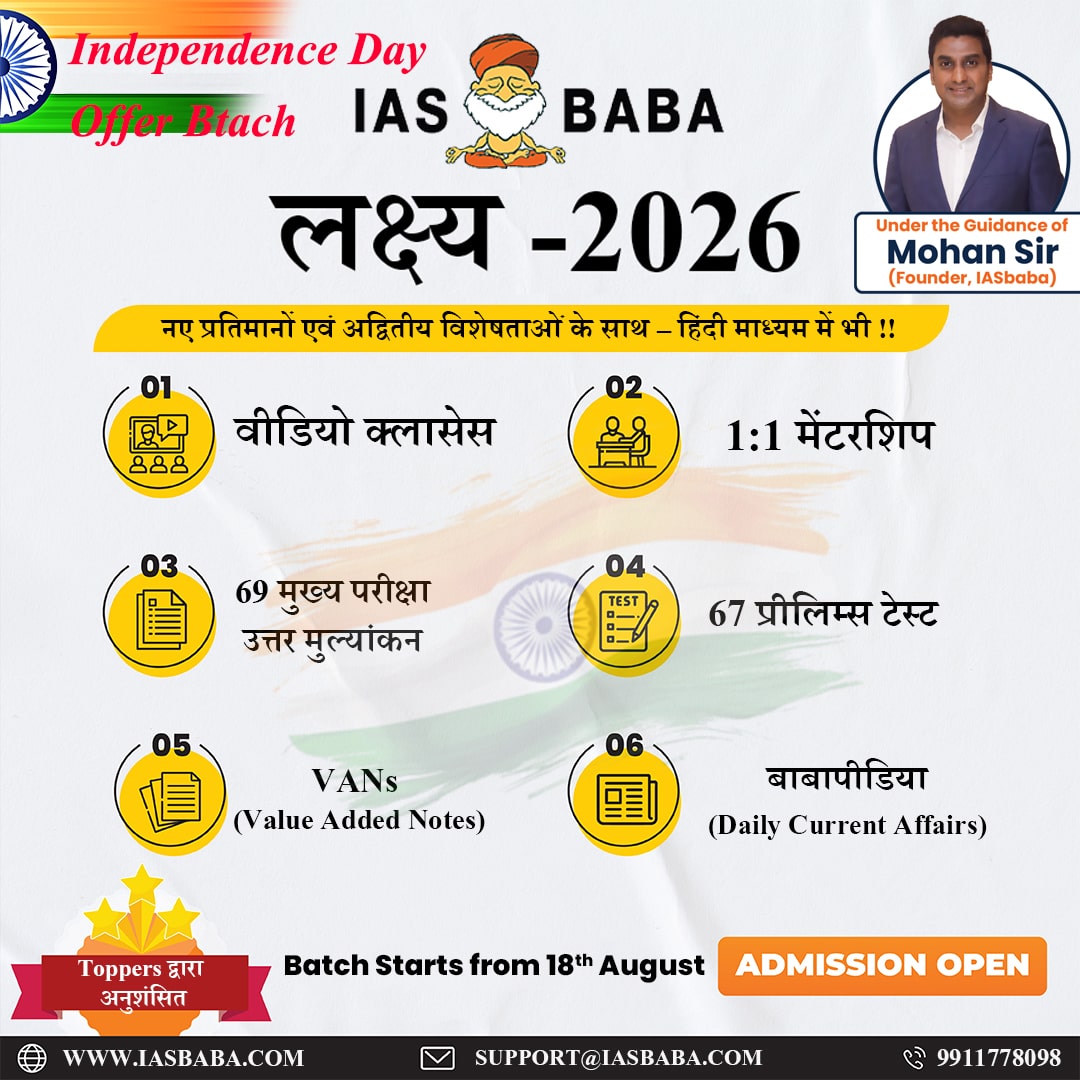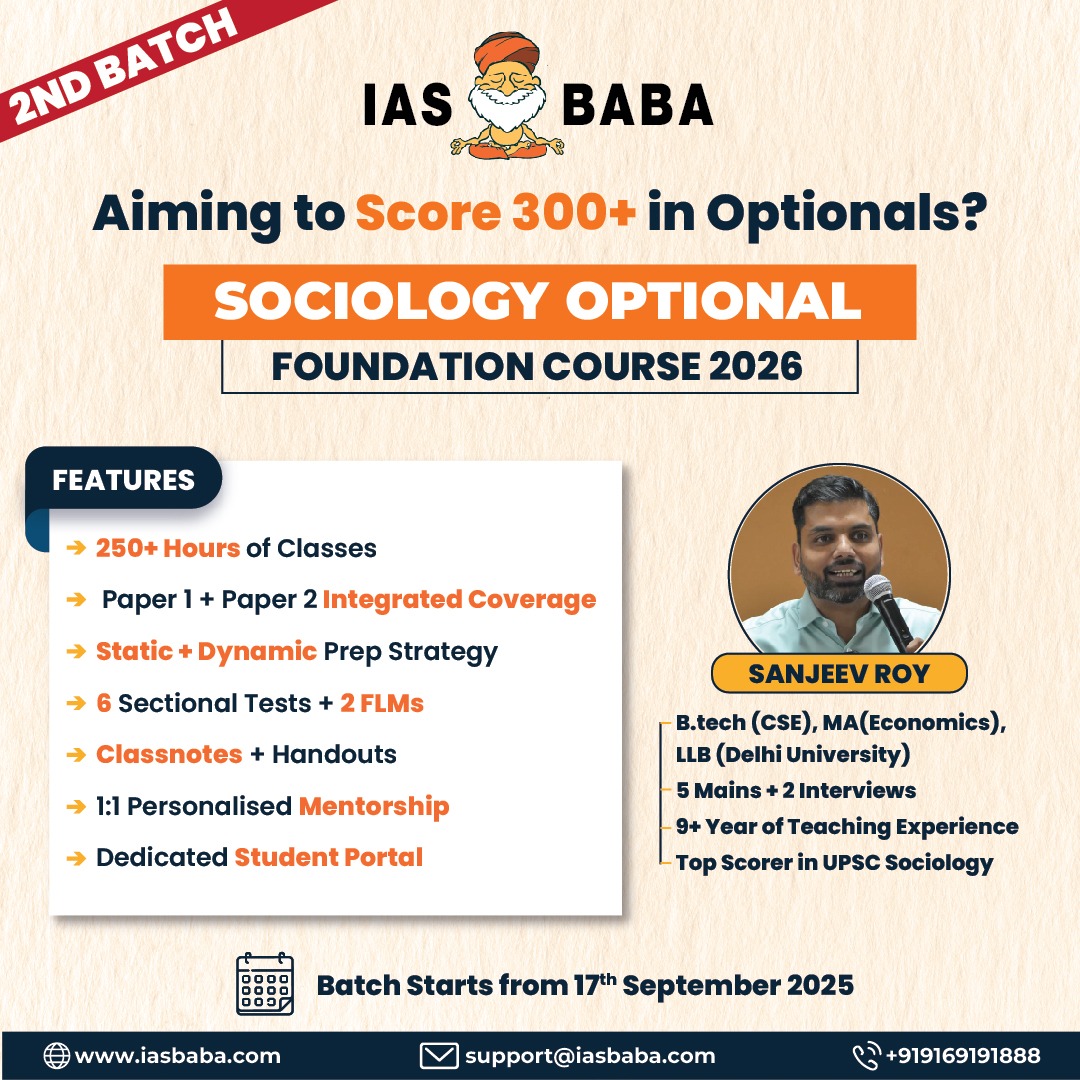Indian History & Post-Independence, TLP-UPSC Mains Answer Writing
Q.4. “Discuss the major features of Bhakti literature in India. How did it contribute to the country’s cultural and social development?” (250 words, 15 marks)
Introduction
Bhakti literature, composed between the 6th and 17th centuries, expressed devotion to a personal god and emerged across regions in diverse languages. It played a key role in shaping India’s spiritual, cultural, and social identity.
Body
Major Features of Bhakti Literature
- Vernacular Expression: Composed in regional languages like Tamil, Kannada, Hindi, Marathi, Bengali, etc., making religious ideas accessible to common people.
- Personal Devotion (Saguna & Nirguna): Focused on emotional bond with a personal deity—either with form (Saguna Bhakti like Rama, Krishna) or formless (Nirguna like the Supreme Absolute).
- Rejection of Ritualism: Criticised complex Brahmanical rituals, caste-based access to religion, and promoted direct connection with God through love and surrender.
- Social Inclusiveness: Saints came from diverse social backgrounds—e.g., Ravidas (Dalit), Kabir (weaver), Namdev (tailor)—challenging caste hierarchy.
- Poetic and Musical Form: Bhakti texts were lyrical poems, bhajans, abhangs, and dohas, often sung in gatherings (satsangs), influencing Indian music and oral traditions.
- Emphasis on Morality: Promoted values of compassion, humility, and truth, often through metaphor and allegory, making ethical teachings relatable.
- Emotional Intensity: Used metaphors of love, such as the viraha (separation) of devotee from God, especially in Vaishnavite traditions (e.g., Mirabai’s songs).
Contributions to India’s Cultural and Social Development
- Promotion of Regional Languages: Led to the growth of vernacular literature—e.g., Tulsidas’ Ramcharitmanas (Awadhi), Dnyaneshwar’s commentary (Marathi), Alvars’ hymns (Tamil), laying foundation for regional literary traditions.
- Spread of Devotional Ideals: Unified people across caste and class through common spiritual values, leading to mass religious movements.
- Challenging Social Hierarchies: Questioned caste divisions and gender roles, promoting egalitarian values (e.g., contributions by women saints like Akkamahadevi, Lal Ded, Mirabai).
- Integration of Art Forms: Inspired music (bhajans, kirtans), dance, and temple rituals that are still part of India’s living traditions (e.g., Carnatic music draws heavily from Bhakti poetry).
- Foundation for Bhakti Movements: Laid groundwork for reformist religious movements like Vaishnavism, Shaivism, Lingayatism, and later Sikhism, shaping religious pluralism.
- Bridge Across Regions: Created a pan-Indian devotional culture, while also celebrating regional deities and cultural expressions.
Conclusion
Bhakti literature promoted equality and devotion in local languages. Even today, its legacy continues in bhajans, kirtans, and festivals like Ram Navami and Janmashtami, showing its lasting social and cultural impact.



